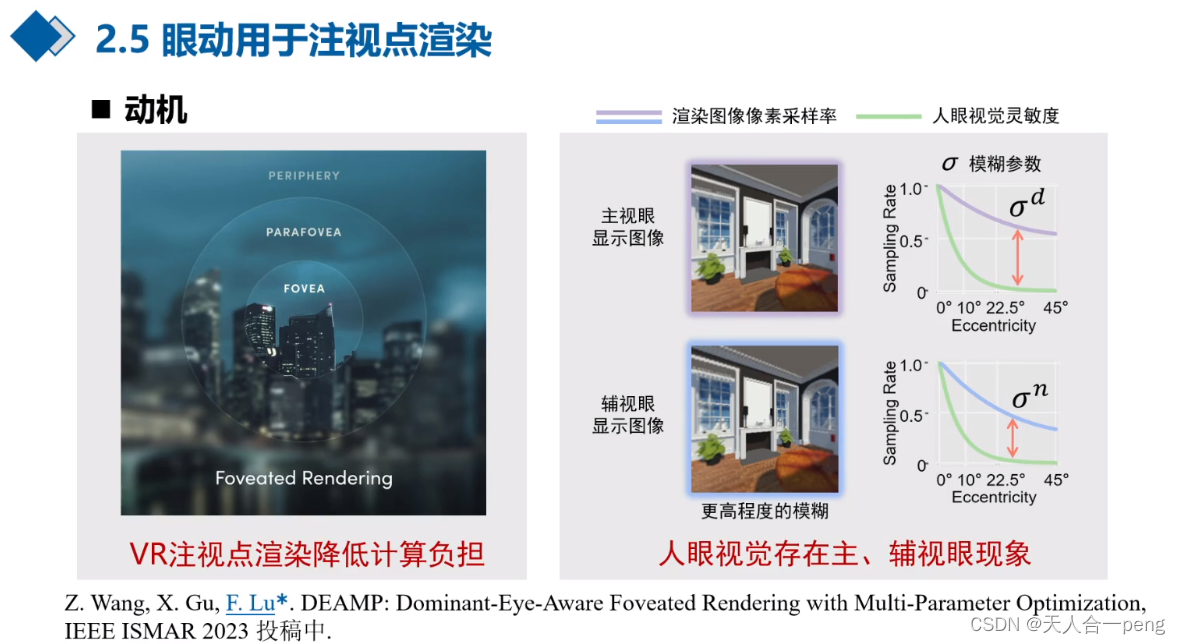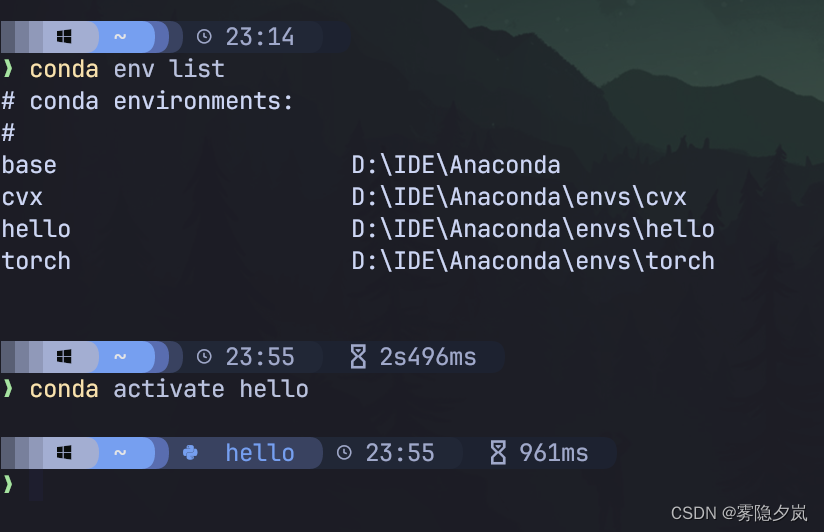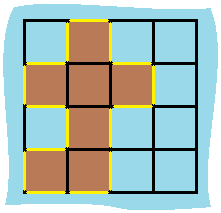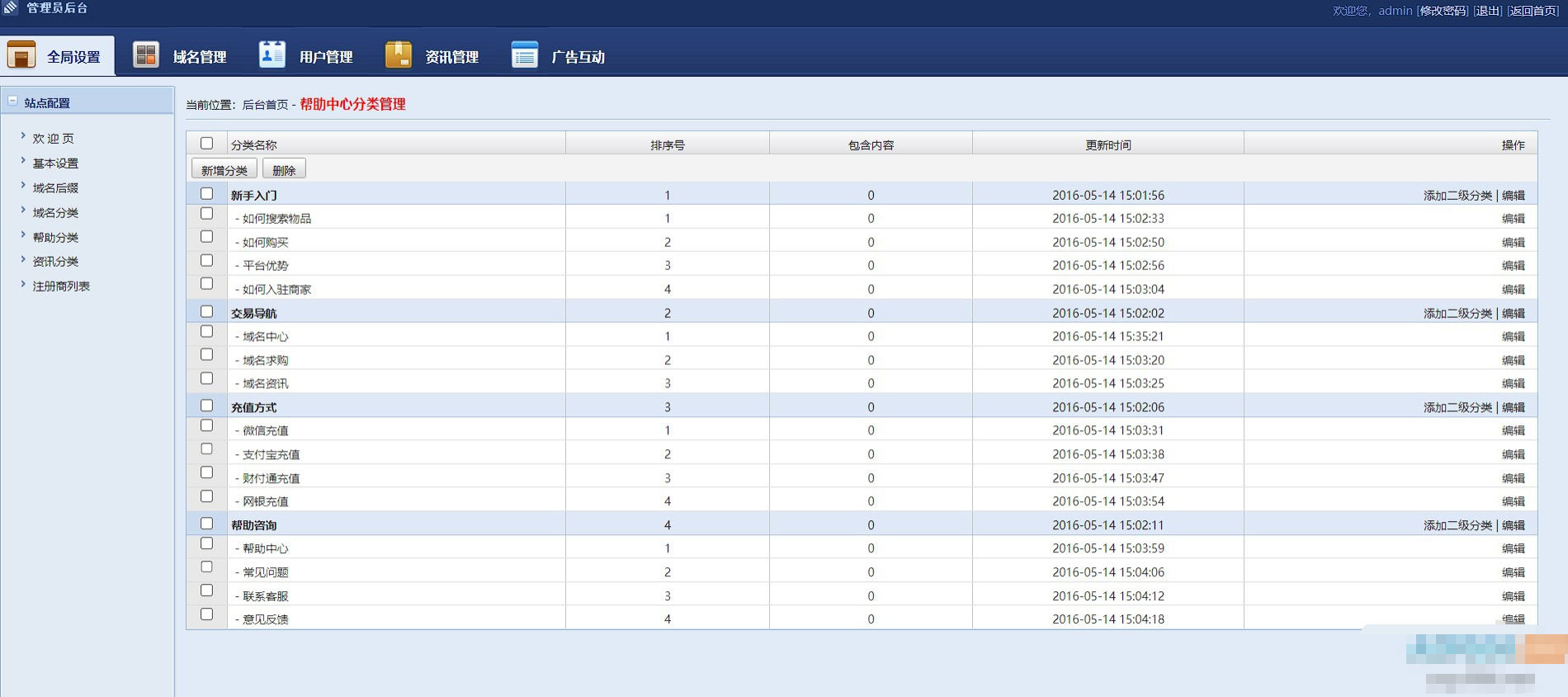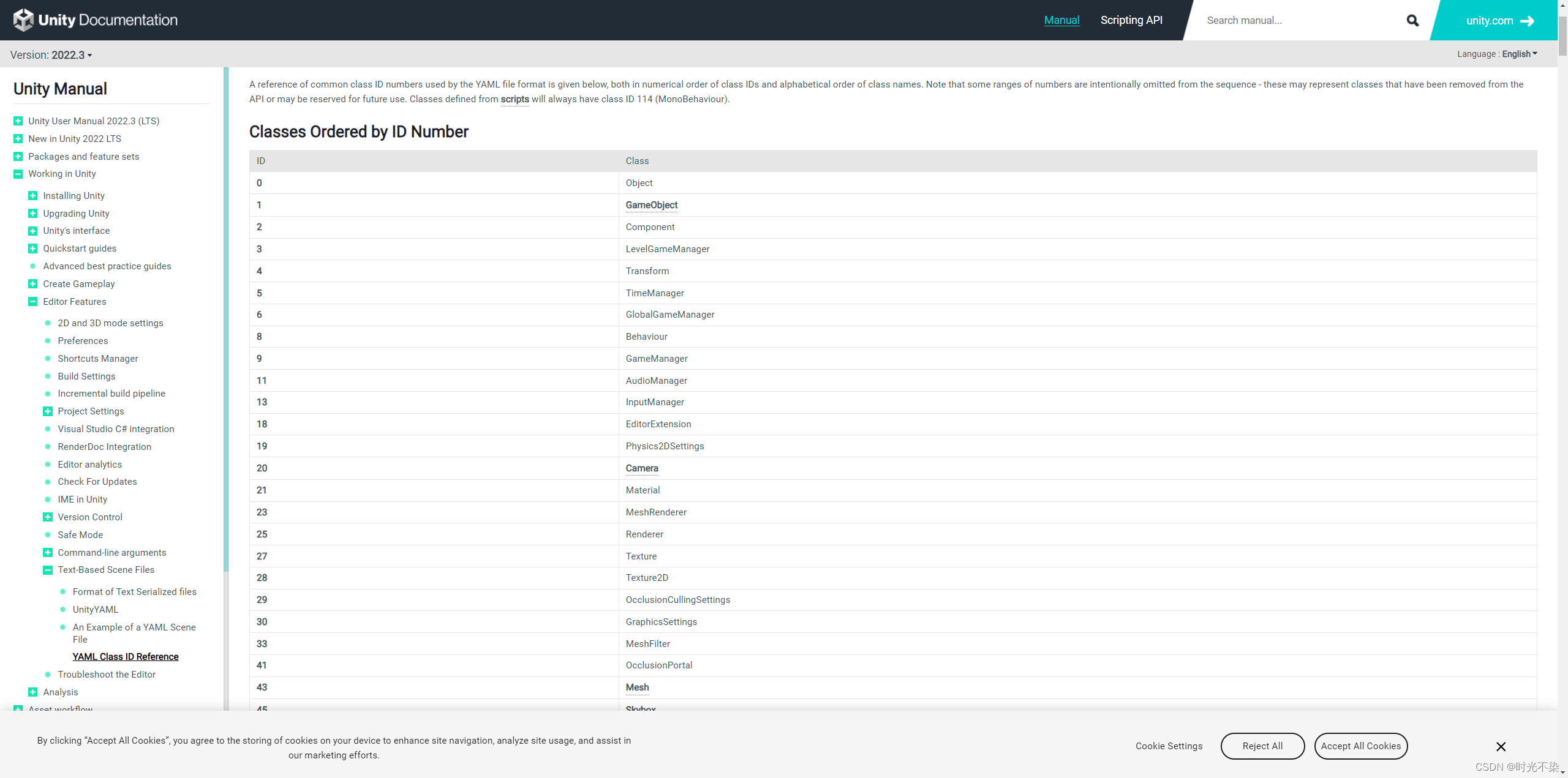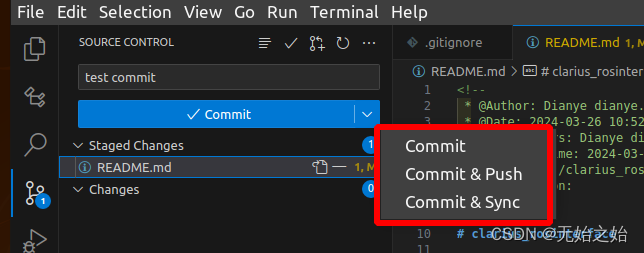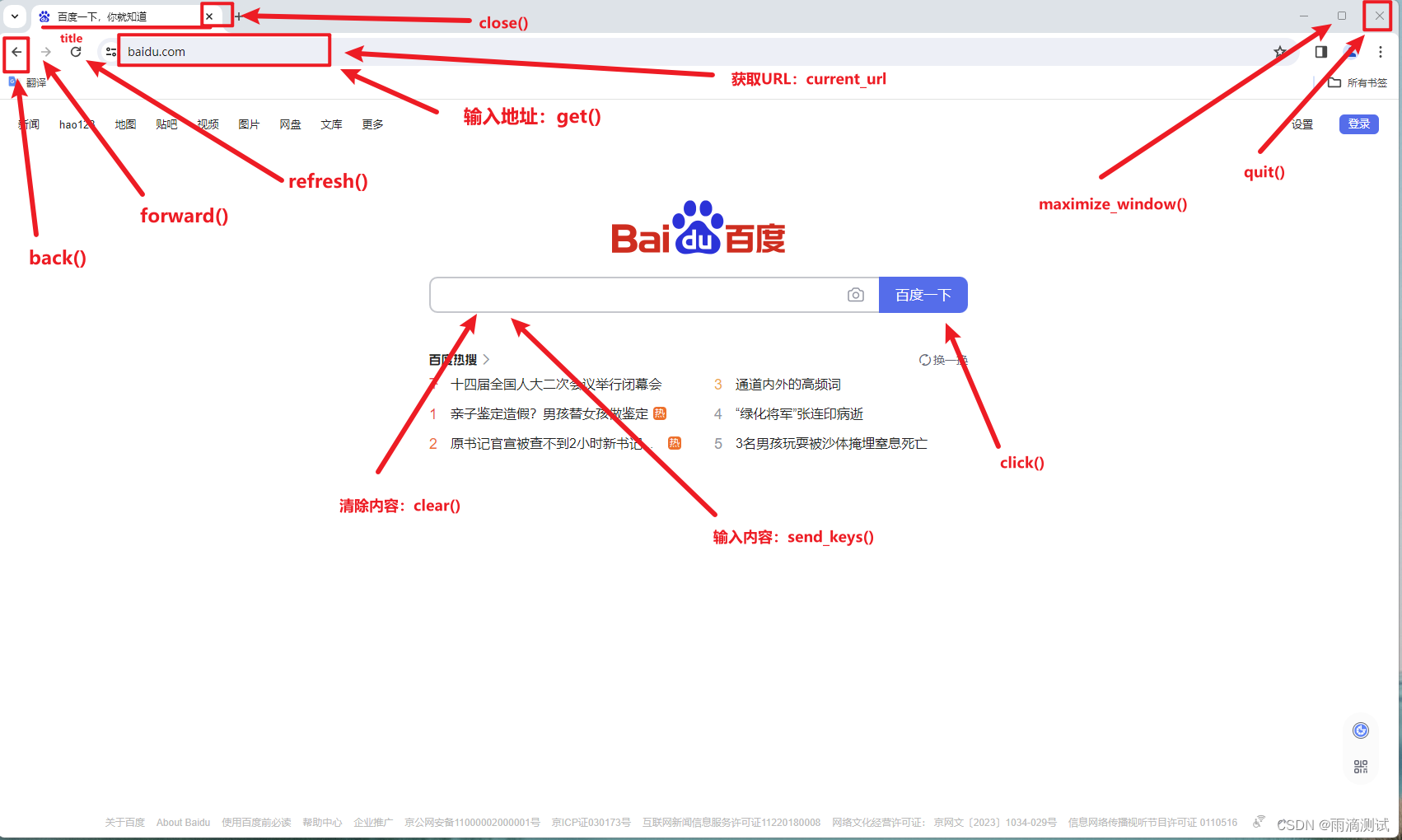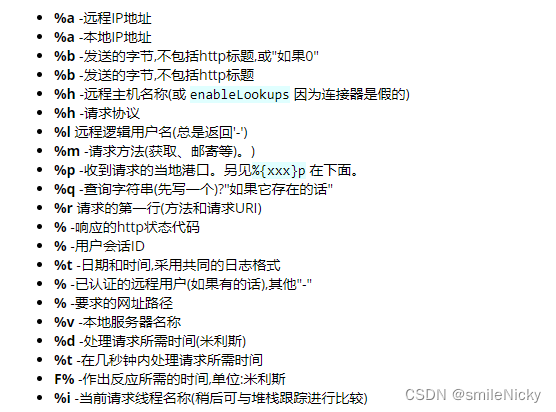Finding both the minimum and maximum in an array of integers A[1..n] and assume for simplicity that n is a power of 2
1. x←A[1]; y←A[1]
2. for i←2 to n
3. if A[i] < x then x←A[i]
4. if A[i] > y then y←A[i]
5. end for
6. return (x, y)
Clearly, the number of element comparisons performed by this method is 2n−2


-
输入参数:该过程接受两个参数
low和high,表示数组 A 中待处理的范围。 -
基本情况处理:首先检查待处理范围是否只有一个元素。如果是,直接比较这两个元素的大小,返回一个包含最小值和最大值的元组。如果不是,继续进行后续处理。
-
递归分治:如果待处理范围不止一个元素,则计算中间位置
mid,并递归调用 minmax 过程来处理左右两个子范围(low, mid)和(mid + 1, high)。 -
合并结果:得到子范围的最小值和最大值后,分别用变量
(x1, y1)和(x2, y2)来表示。然后,取这两个子范围的最小值x和最大值y:- 最小值
x是x1和x2中的较小者。 - 最大值
y是y1和y2中的较大者。
- 最小值
-
返回结果:最后,以元组
(x, y)的形式返回结果。
Let C(n) denote the number of comparisons performed by the algorithm on an array of n elements, where n is a power of 2. Note that the element comparisons are performed only in steps 2, 9, and 10. Also note that the number of comparisons performed by steps 7 and 8 as a result of the recursive calls is C(n/2). This gives rise to the following recurrence relation for the number of comparisons done by the algorithm:
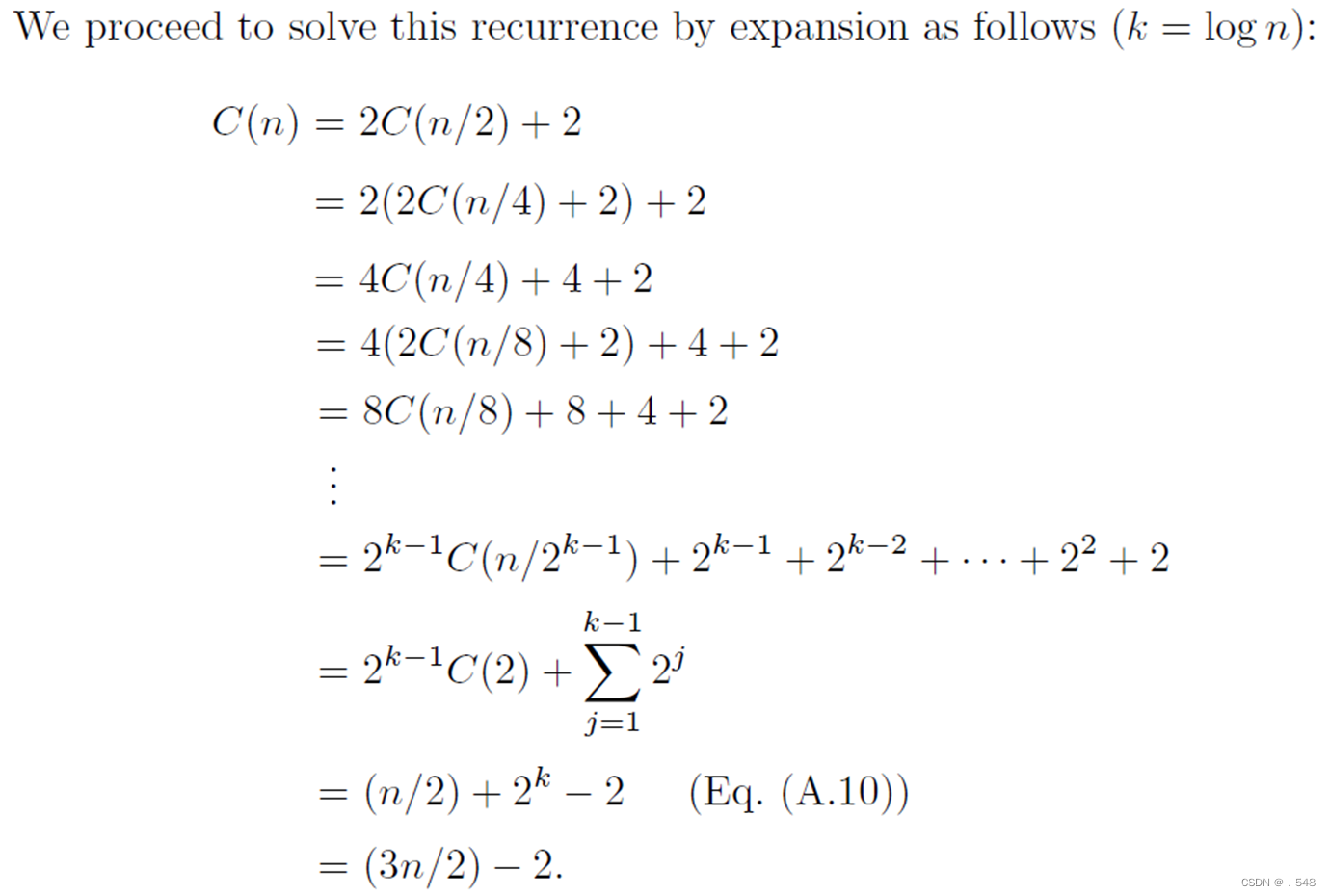
A = [3, 8, 6, 2, 11, 5, 9, 4]
现在我们想要找出数组 A 中索引范围为 0 到 7 的最小值和最大值。
-
输入参数:调用
minmax(0, 7),表示在数组 A 中索引范围为 0 到 7 的子数组中查找最小值和最大值。 -
基本情况处理:由于索引范围不止一个元素,因此我们继续进行后续处理。
-
递归分治:我们计算中间位置
mid = (low + high) // 2 = (0 + 7) // 2 = 3,然后分别递归地调用minmax(0, 3)和minmax(4, 7)。 -
左子范围处理:对于子范围
(0, 3),继续递归调用minmax(0, 1)和minmax(2, 3)。- 对于子范围
(0, 1),由于只有一个元素,返回(3, 3)。 - 对于子范围
(2, 3),由于只有一个元素,返回(2, 6)。
- 对于子范围
-
左子范围合并结果:左子范围的最小值是
3,最大值是6。 -
右子范围处理:对于子范围
(4, 7),继续递归调用minmax(4, 5)和minmax(6, 7)。- 对于子范围
(4, 5),由于只有一个元素,返回(5, 11)。 - 对于子范围
(6, 7),由于只有一个元素,返回(9, 9)。
- 对于子范围
-
右子范围合并结果:右子范围的最小值是
5,最大值是11。 -
合并结果:最后,合并左右子范围的结果。最小值为
min(3, 5) = 3,最大值为max(6, 11) = 11。 -
返回结果:返回最终的结果
(3, 11),表示数组 A 中索引范围为 0 到 7 的最小值是3,最大值是11。





